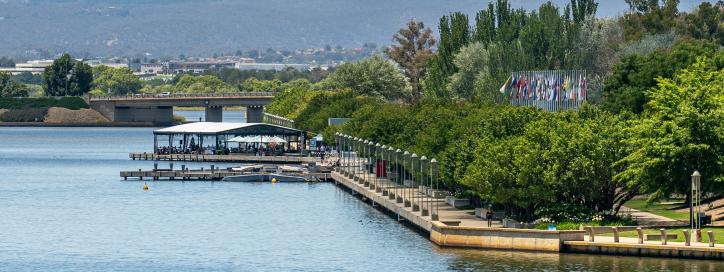Alerts and Definitions
When levels of blue green algae or bacteria increase, the NCA will place alerts, warnings or closures at affected areas around Lake Burley Griffin. All alerts, warnings and closures are in accordance with the ACT Guidelines for Recreational Water Quality (ACT Health, 2014) and reflect the following:


